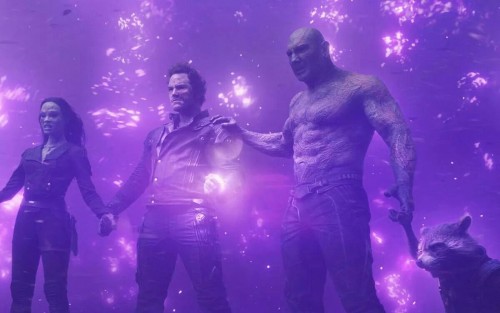
The third act can either make or break a story. We’ve all walked out of movies where we’ve felt let down, felt that the finale wasn’t what it should have been. Something had fallen short. Something was missing. Often, that “something” was that we didn’t witness one of the most crucial components of a great story: that of the hero “digging deep down.”
Blake wrote about this aspect in Save the Cat!® Strikes Back. It’s the moment during the Finale beat when the hero shows that he or she has learned the lesson of the theme. Now, applying it, the hero achieves victory over the central struggle. And very often, this act of digging deep down involves a sacrifice of some sort. And it is in that act of sacrifice that the hero is reborn, and we ourselves feel drawn to the character even more.
Blake further described the importance of digging deep down in a blog on July 17, 2009. In it, Blake describes how the hero, having survived the All Is Lost beat, has been “touched by the divine” and knows that he or she is no longer alone.
The hero feels safe to reach out, to shed an old part of his or her being. Sometimes, the sacrifice is symbolic. Luke Skywalker rids himself of conventional methods of thinking, demonstrating his faith by using the Force. But at other times, the sacrificial offering is much larger, the hero showing a willingness to give up life itself.
It’s analogous to the “Resurrection” stage of the Hero’s Journey; the hero dies and is reborn anew. And it’s found in all of the stories that stick with us.
In Gladiator, Maximus fights to the death with Emperor Commodus. He digs deep down to summon his last ounce of strength before giving Rome back to the citizens, and then collapses, entering Elysium.
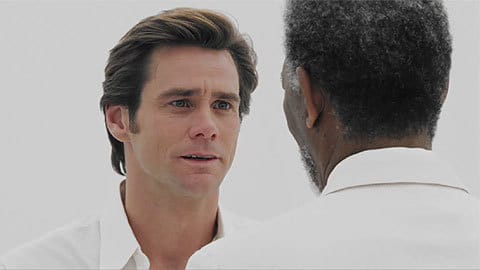
After literally dying from being hit by a car, Bruce in Bruce Almighty has a moment with God in which he places his former girlfriend’s happiness above his own, willing to move on without her. These heroes have sacrificed something important, and they are reborn into someone new, someone changed.
I love superhero films, and for these stories to be truly memorable, there needs to be a sacrifice, even in the face of great odds. In Superman Returns, the titular hero has been injured with a shard of kryptonite lodged into his side, yet carries a kryptonite-infused piece of land into space, knowing it will overpower him in the end.
Tony Stark performs a similar act of sacrifice when he digs deep down in The Avengers, carrying a nuclear weapon through a portal leading into space, even though he believes it will be a one-way trip. Bruce Wayne gives Gotham the illusion of the sacrifice of The Batman when he pilots the Bat over water to let a nuclear bomb detonate.
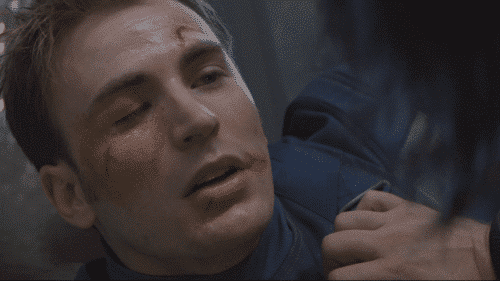
In Captain America: The Winter Soldier, Steve Rogers faces off against his best friend Bucky Barnes atop a rogue S.H.I.E.L.D. helicarrier, choosing to toss down his own shield and die rather than fight his former friend.
It’s not always superheroes who dig deep down, though. Sometimes, the villains have a moment of clarity in which they are reborn. In Spider-Man 2, Doctor Otto Octavius is on the verge of causing massive destruction with his invention in an attempt to redeem his past failures. Peter Parker intervenes, appealing to the scientist’s humanity through the love of his wife, and Octavius overcomes his inner demons. He digs deep down and sacrifices himself as he destroys the device, preferring to die a man and not a monster. In Return of the Jedi, Darth Vader watches as Emperor Palpatine tortures Luke and breaks free from his Sith ways, rebelling against the Emperor and saving his son. Yet it costs him his life, a sacrifice in which he redeems himself.
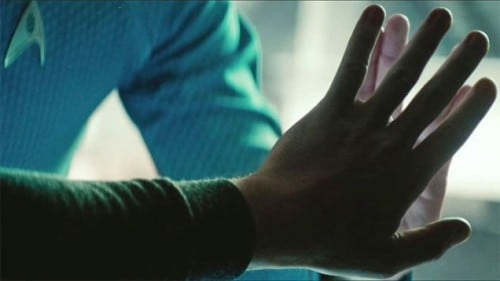
Sometimes, the sacrifice of one hero causes a chain reaction with others. In Star Trek Into Darkness, Kirk has his moment of faith in the divine as he saves the crew by exposing himself to radiation, bringing him inches from death. He inspires Spock, who digs deep down himself, allowing his emotions to take control, the same thing that was his downfall in the first film. Now, the rage he had held in check for so long becomes his fuel and the salvation of Kirk.
In Guardians of the Galaxy, as the team crashes to the planet below aboard the Dark Aster, Groot literally branches out and envelops them all into a cocoon made from his own body, saving them while sacrificing himself. Moments later, Peter Quill places his life on the line when he reaches out to grab an Infinity Gem. He had witnessed the same item destroy the life of another individual earlier, but he would rather face his own end than allow the villain to bring about the demise of an entire galaxy. The rest of the Guardians dig deep down and reach out, grabbing him and helping him harness the power that threatens to destroy him.
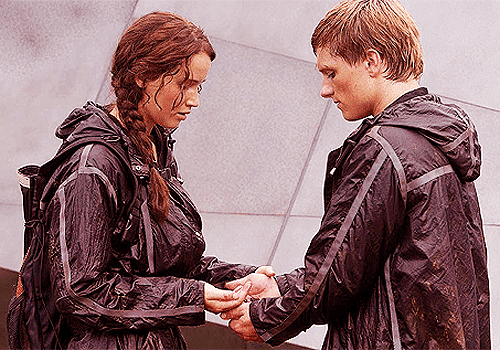
In The Hunger Games, Katniss is willing to commit suicide by swallowing deadly berries in defiance of a dystopian regime. By taking a stand, she becomes a symbol of resistance for all of the districts, inspiring a revolution. The sacrifice of one has brought out the best in others.
Surprisingly, the “dig deep down” beat is often best illustrated in family films. Even though these stories are watched by children, the writers and filmmakers don’t shy away from the importance of the sacrifice. In Up, the elderly hero Carl gives up the house that meant so much to him and the love of his life. He had taken it all the way to South America to fulfill a promise to her, but he must sacrifice it to save the life of young Russell. In Tangled, Flynn Rider would rather die than allow Rapunzel to serve Mother Gothel, cutting off Rapunzel’s hair and removing her ability to heal him. In Hotel Transylvania, Dracula realizes that he was wrong to misjudge humans and assumes bat form, flying after his daughter’s love interest while the sun burns him.
The “dig deep down” beat is all about transformation. The hero has been through the Transformation Machine and is reborn, willing to act in ways he or she would not before the journey had begun. At the start of Big Hero 6, Hiro doesn’t want his brother Tadashi to run into a burning building to save the life of one person; at the end, it is he who risks his life to save one person even though his friends plead with him not to. He feels safe to reach out now, to have faith in something bigger. Sadly, he must dig deep down one more time, letting go of his companion Baymax to save the life of someone he doesn’t know.

Ralph in Wreck-It Ralph performs a similar act. Having always viewed himself as nothing more than a stereotypical “bad guy,” he uses his final moments to prove others wrong. He plummets to the top of the soda and Mentos volcano below, knowing that he will destroy the villain and save his friends, but at the cost of his own life.

Toy Story 3 is a stunning example of digging deep down and embracing sacrifice. As the cast of toys falls into the trash headed toward the incinerator, Woody struggles at first, trying to get out. He knows it is his job to lead the other toys, and he wants to save them. But as he realizes his actions are futile, he turns to see the other toys holding hands. As Blake wrote, the hero has had an encounter with the divine, and he or she feels safe to reach out. In Woody’s case, this becomes literal, and as Buzz offers his hand, Woody takes it, and the toys face their mortality together.
When your story’s hero digs deep down, he or she taps into something primal, something we all can identify with. And when your audience experiences this moment with your character, something magical happens: the sacrifice resonates deeply, creating a story that is both powerful and transcendent.
Cory Milles
7 Comments
Leave a Reply Cancel reply
You must be logged in to post a comment.


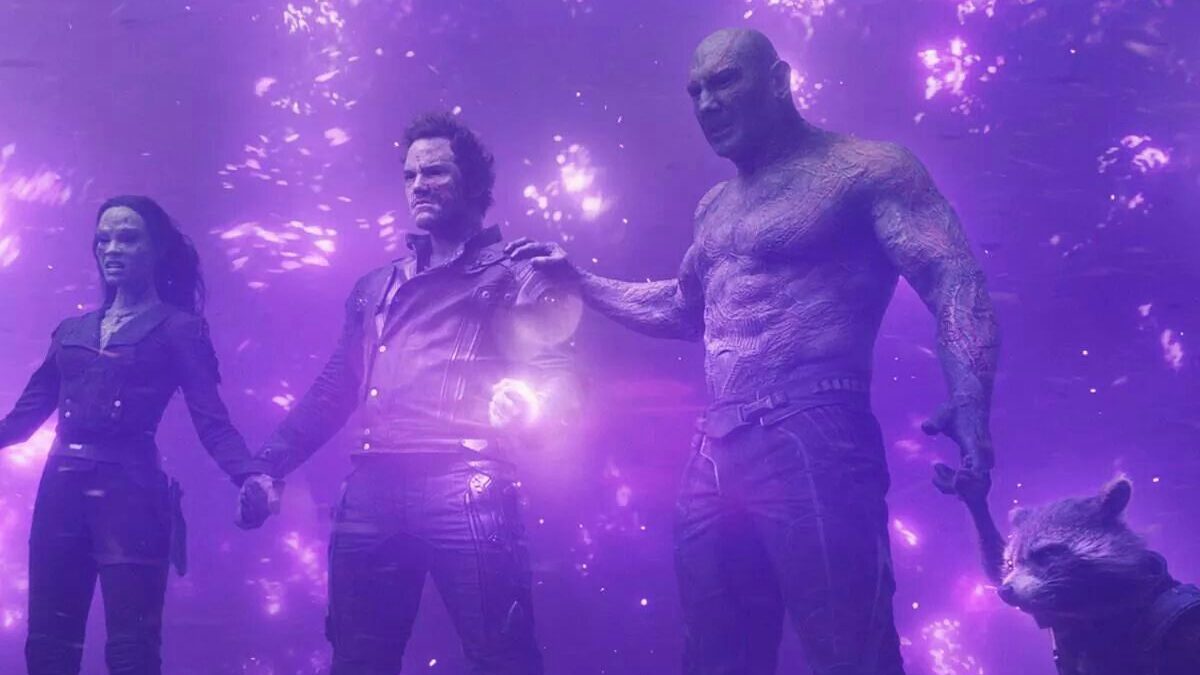







wow! you brought to me tears with these examples… well done!
Thank you very much, this is exactly what I needed for a story that I’m writing. You are most appreciated Cory.
Cory, this is your best blog yet. Really thorough and powerful. Great examples, really well put together. Great work!
Thanks helpful to know that sometime you need to dig deeper than you thought.
Thank you, all. The “dig, deep down” beat is, in my opinion, one of the most important, as it truly shows the character’s transformation. In addition, it’s usually a moment that defines the story and the scene that an audience remembers most. And yes, Melody, I often tear up at these moments… even writing about them!
Awesome, Cory. Totally worth a second week (and a second look by all of us)!
awesome!